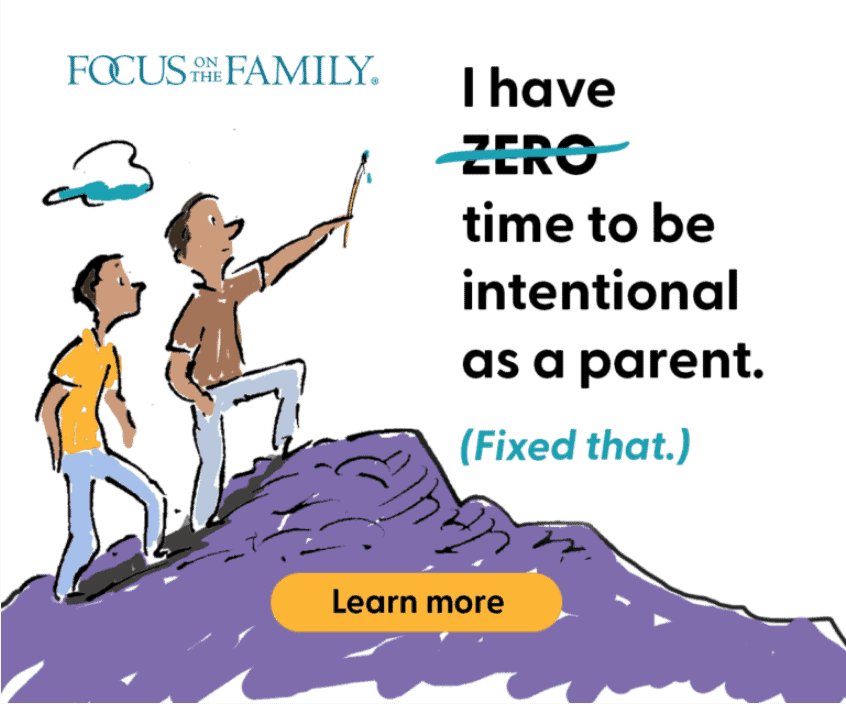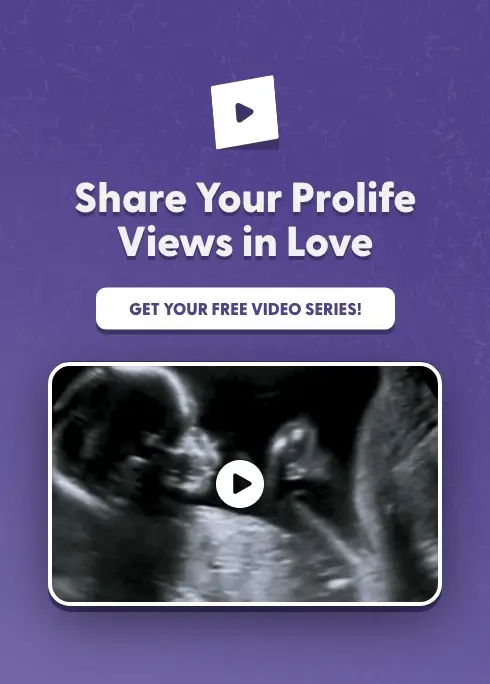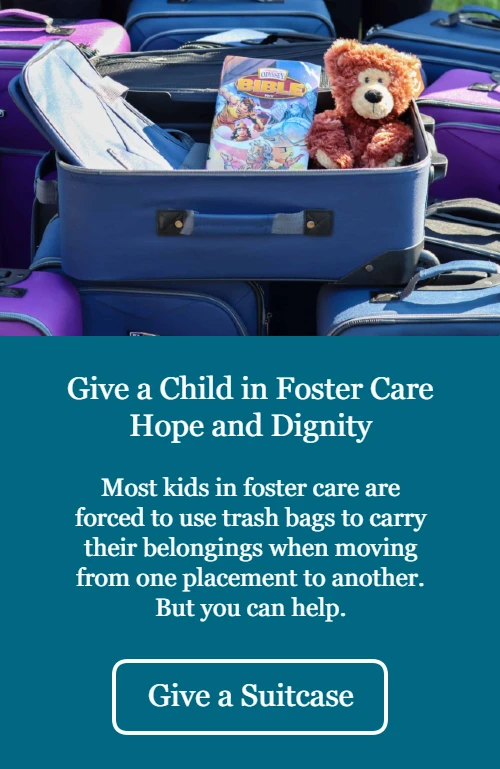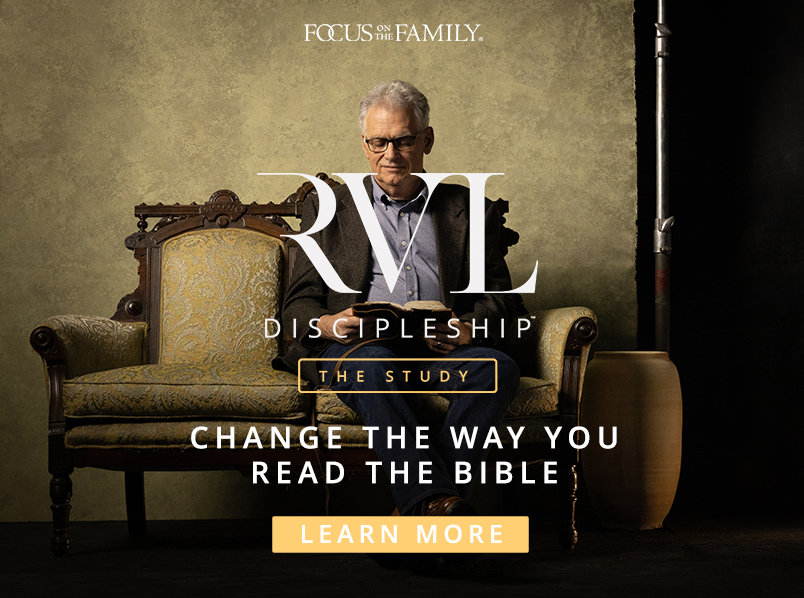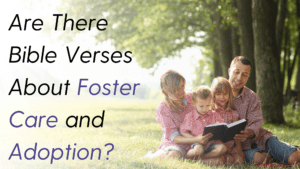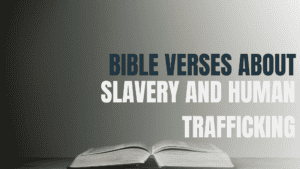There are many fibers that make up the fabrics and, ultimately, the tapestry that is a family. These fabrics range from conflict and disagreements all the way to love, joy, and countless blessings. An additional thread in this ever-changing dynamic is the fiber of adoption.
Myth #1: Adoption Isn't as Tight a Bond as the Biological
Family is a God-given and God-ordained institution to be respected, loved, and understood. Families are made up of biological and non-biological members. Marriage is the first step in the curation of family. The husband and wife are not related by blood. However, they become one unit, and thus, a family, through a God-blessed union. A union containing anointed love and guidance that transcends humans’ comprehension. Subsequently, the first fabric in this newly formed family is children. Whether this be from adoption or conception, the idea is always there.
There are many myths surrounding adoption. One myth that is frequently referenced is the lack of connection between adopted children and their adoptive parents. This is simply not true.
Firstly, it does not make sense that parents would adopt children when they do not want children. That is illogical. Furthermore, adoption agencies have systems in place to ensure that children will be placed in the right homes. They make sure the parents encourage and propagate a life full of love. The children can thrive, regardless of their biological status.
Christian Adoptions Alliance presents a wonderful in-depth look into the adoption process. This information provides certainty that children will be placed with parents who will love them with all their hearts.
This vetting process results in the adopted child feeling positive about their adoption. This creates an equal and reciprocal bond of love between the parents and their child. The parents shower their child with love and care, creating a bond between them that transcends words.
The Proof is in the Numbers
The graph below displays the overall satisfaction of parents and their children after adoption. This graph includes children adopted from the foster care system and international adoption.

To say there is not a bond between adopted children and their parents is inherently wrong. Over 80% of parents were “NOT aggravated” with their adoption. This includes International Adoption, Foster Care, and Private Domestic Adoption. 75% of parents reported the relationship with their child to be “very warm and close”, again, spanning all three categories. In the middle two sections of the graph, the parent-child relationship was “better than ever expected.” Finally, having a child in the parent’s life was “better than ever expected” too.
Adopted children and their parents are filled with love and joy, because it helps all parties involved. Adoption is a good thing and a great alternative to an unplanned pregnancy. It allows for a child to remain alive, thrive, and be loved. It also fulfills parents’ desire to have a child if they are unable. Making the choice for adoption helps many more people than perceived, and it is a good thing.
Myth #2: No One is Adopting the Kids Who Are Here!
There are myths encouraging women who are facing an unexpected pregnancy to choose termination. Consequently, the number of abortions–and vehement dialogues surrounding the issue–have increased over the past couple of years. There is a worry that the child will remain in the adoption system for years and essentially grow up homeless.
This is false.
Children in adoption agencies, as well as foster care systems, are being adopted at a staggering rate.
In 2020, there were approximately 117,000 children awaiting adoption. A “child awaiting adoption” is a child whose parental rights have been terminated or a child with a plan of adoption. Of these 117,000 children, approximately 57,000 of them were adopted. Nearly half of the children waiting for adoption are adopted. This trend continues in 2021 (47%) and in 2022 (49%). This yearly trend is statistically significant. It is encouraging to see the children are, in fact, being adopted.
Furthermore, the number of children exiting the foster care system in 2022 was approximately 201,000. 46% were reunited with their families, 27% were adopted, and 11% were placed into stable and reliable guardianships. 87% in total were cared for and placed into stable homes with loving and caring parents or guardians. Children have the best chance at a good life, when given the right to life. Adoption is a good thing.
Myth #3: Most Foster Children are Black and Nobody is Adopting Them
Another myth that is wrongfully perpetuated is the racial discrepancy between children in adoption and foster care agencies. It’s a common narrative that children of color are disproportionally represented in foster care centers. This is false. First and foremost, it is of the utmost importance to emphasize the value of all children. All people should be characterized first by their nature. Their nature is a child of God, loved dearly and made in the image of Him. Not by the color of their skin.
In 2022, the percentage of children of color awaiting adoption was similar to the percentage of those in foster care. In essence, foster care and adoption had the same number of races in each agency.

This image displays the statistics of approximately 108,000 children awaiting adoption in 2022. 43%, or 46,000 children were Caucasian. 23%, or 24,000 were Hispanic. 21%, or 22,000, were African American. 9%, or 9,000, were considered multicultural. Furthermore, 52% of the children were male and 48% were female. The representation of racial diversity for children in foster care is clear. When looking at the adoption rates of these children, there is a similar trait.

The assumption of “racism” as it pertains to the adoption of children is superficial. Black children adopted from foster care were lower than the percentage of those currently in foster care. (16% down from 21%.) So was the Hispanic adoption rate. (20% down from 23%). White children were adopted at higher rates, (51% up from 43%). However, this is not related to race; it is related to other factors, which we will explore.
A Generational Issue
In 2020, African American children were most likely to live in a household without two married parents. Consequently, it’s more difficult to reunite them with their parents if one of them is gone. Black children are adopted out of foster care centers at a lower rate because of the lack of two-parent homes. They are not being intentionally targeted or excluded from the adoption processes. This is simply the consequence of an unfortunate situation that has become systemic in nature. And innocent children are left to deal with the consequences.

Make The Right Choice
These are some of the myths that surround adoption in families. However, there is one central point to keep in mind. The sovereign and loving gift from God is children. The fibers that make up the family’s tapestry have been laid out. God can weave together a fantastic family tapestry through adoption. So, let’s put down the myths so children can be picked up.













